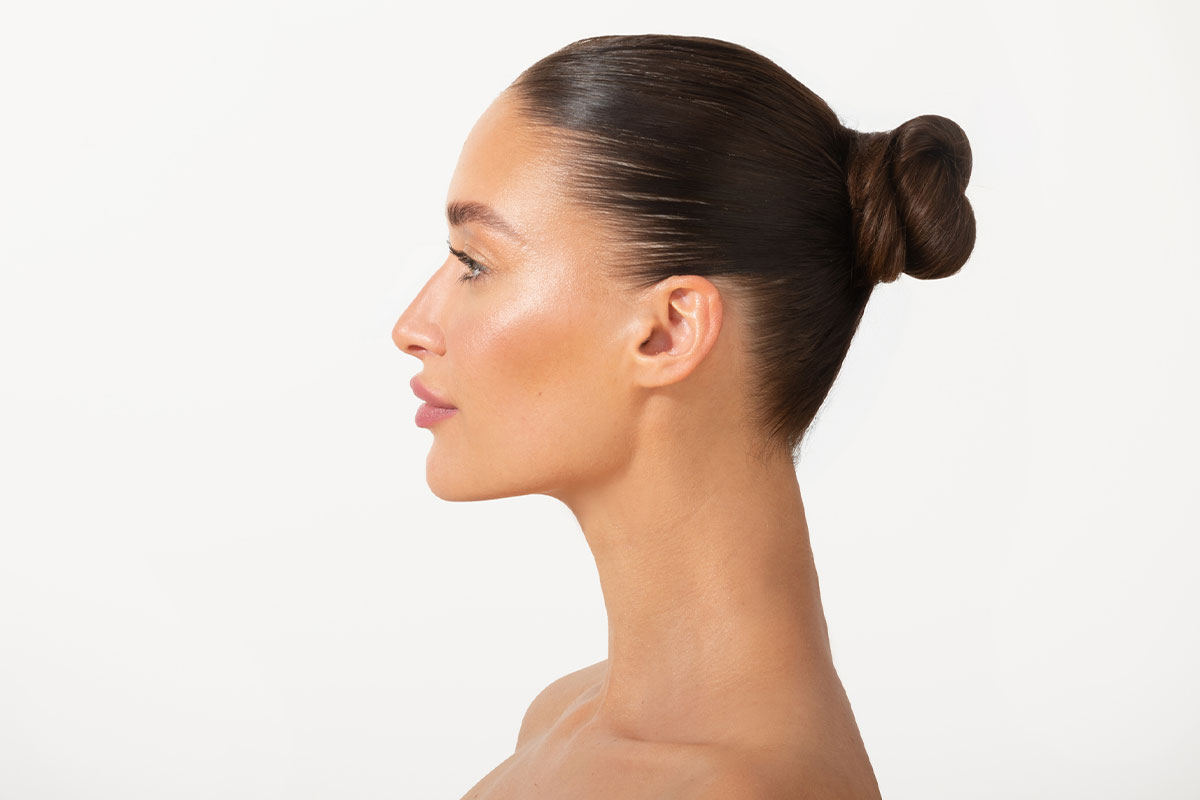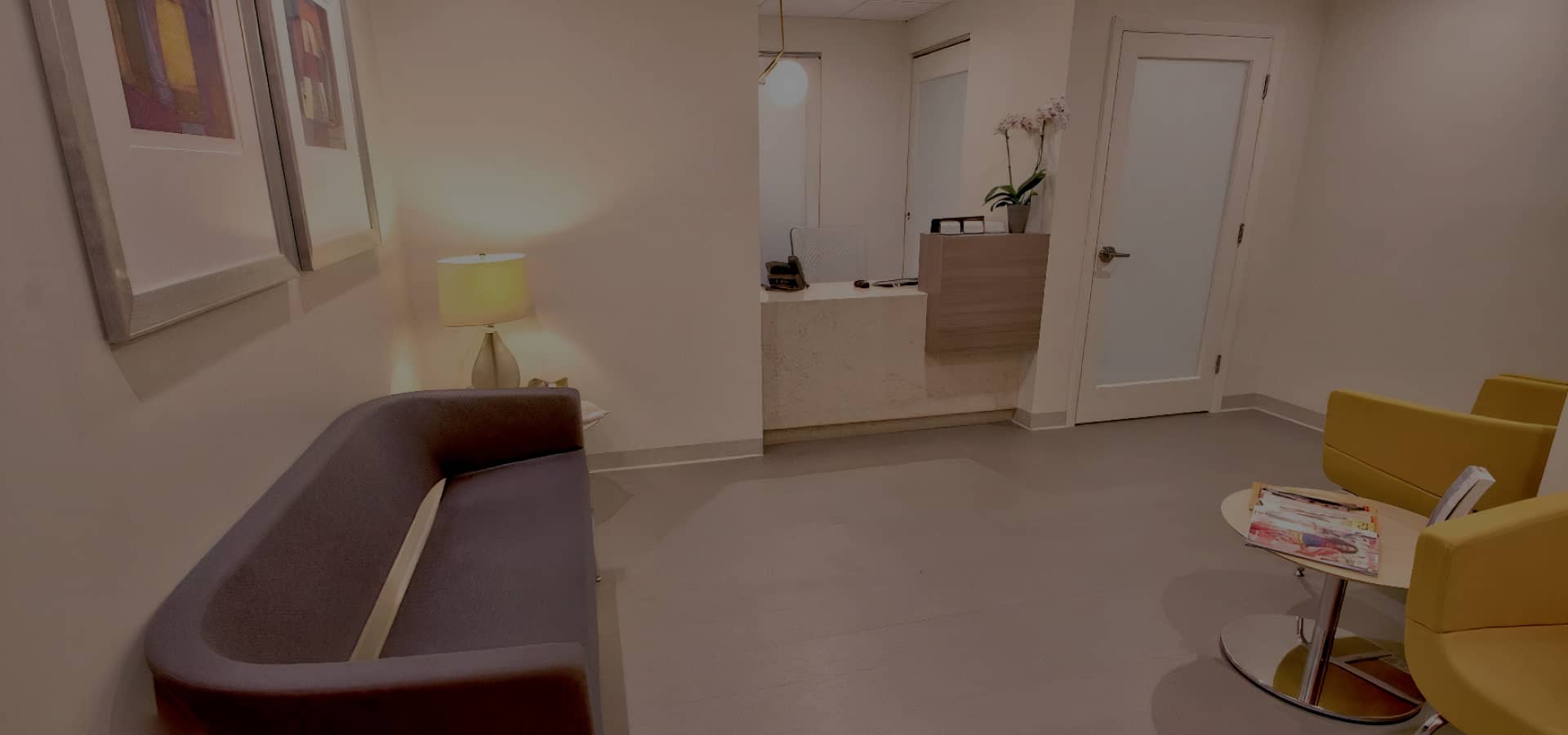If you’ve already undergone one or more rhinoplasty procedures, you might be wondering how many times it’s actually safe to have your nose reshaped. While rhinoplasty can offer incredible aesthetic and functional improvements, it’s also true that each surgery becomes increasingly complex. With more surgeries come new challenges—like increased scar tissue, depleted graft material, and less predictable healing patterns. So, is there a definitive limit?
The short answer is: it depends. Every patient is unique, and your nasal anatomy, previous surgical techniques, and the skill of your surgeon all play a critical role in whether additional rhinoplasty is a safe and worthwhile option. That’s where a highly skilled and experienced facial plastic surgeon like Dr. Anthony Bared comes in. As a double board-certified specialist in rhinoplasty and facial procedures, Dr. Bared at Facial Plastic Surgery Miami is known for handling even the most complex revision rhinoplasty cases with precision and care.
Situations When You May Consider Another Rhinoplasty…
Even if you’ve already had one or more nasal surgeries, there are legitimate medical and cosmetic reasons to consider another. The following situations are among the most common:
- You have breathing or functional issues: If your nasal structure interferes with your ability to breathe properly—whether due to a collapsed valve, deviated septum, or overly aggressive reduction in a previous surgery—another rhinoplasty may be necessary to restore function.
- You’re unhappy with your appearance: Sometimes, the results of your previous rhinoplasty didn’t align with your expectations. You may feel the aesthetic outcome doesn’t suit your face, or that asymmetry or irregularities still exist. When this affects your confidence, it can be worth exploring corrective surgery.
- You’ve experienced trauma after a prior surgery: A nasal injury following rhinoplasty—whether from an accident, fall, or sports-related incident—can compromise the previous results. Trauma may displace or damage internal structures, which could necessitate another procedure to restore both form and function.
- You’ve developed scar tissue or healing complications: Even with expert surgical care, healing can be unpredictable. Internal scar tissue, sometimes known as adhesions, can affect nasal airflow or alter the shape of the nose over time. These complications often require surgical revision to correct.
Is There a Limit to How Many Rhinoplasties I Can Have?
There is no hard limit to how many times you can undergo rhinoplasty. However, each additional surgery becomes more complex. That’s because with every revision, there’s an increase in scar tissue that makes dissection and reshaping more difficult. In addition, cartilage and support structures may already be weakened or absent, making reconstruction more delicate.
To overcome these challenges, surgeons like Dr. Bared often use cartilage grafts—harvested from the septum, ear (conchal cartilage), or even rib. Septal cartilage is generally the most desirable, but if it was used up in a previous surgery, other donor areas may be considered. The goal is always to rebuild a stable, functional, and natural-looking nasal framework.
You May Be a Suitable Candidate for Another Rhinoplasty if…
Not everyone is a candidate for repeated nasal surgeries, but several factors can indicate whether it’s worth pursuing:
- You are in good overall health: Like any surgical procedure, rhinoplasty requires that you’re in good physical health. If you’re free of conditions that impair healing or increase surgical risk, you’re more likely to have a successful outcome.
- You have realistic expectations: A crucial part of considering another rhinoplasty is understanding the limitations of what can be achieved. If you understand that perfection may not be possible, but improvement is likely, you’re more likely to be satisfied with the results.
- You have sufficient donor cartilage: Revision surgeries often require structural support in the form of cartilage grafts. If your septal cartilage has been used up, your surgeon may assess the availability of cartilage in your ear or rib.
- You’ve waited enough time since your last procedure: Timing is important. Generally, you’ll need to wait at least 12 months after your last rhinoplasty to allow swelling to subside and tissues to settle. Rushing into revision surgery can compromise results.
- You’ve consulted with a revision rhinoplasty expert: Revision rhinoplasty is one of the most technically demanding procedures in facial plastic surgery. It’s essential to work with someone like Dr. Bared, who routinely performs these complex cases and is equipped to handle the unique challenges they present.
Contact Dr. Bared for Honest Guidance on Your Next Rhinoplasty
While it’s technically possible to have multiple rhinoplasties, the decision should never be taken lightly. Every surgery adds layers of complexity, and success depends largely on the expertise of your surgeon and the clarity of your communication. That’s why patients from across the country and beyond trust Dr. Anthony Bared for their revision rhinoplasty needs.
With years of specialized experience, a deep understanding of nasal anatomy, and a reputation for natural-looking results, Dr. Bared is uniquely qualified to evaluate your case and guide you toward a result that enhances your appearance. If you’re considering another rhinoplasty, schedule a consultation with Dr. Bared to receive personalized care and honest guidance.

